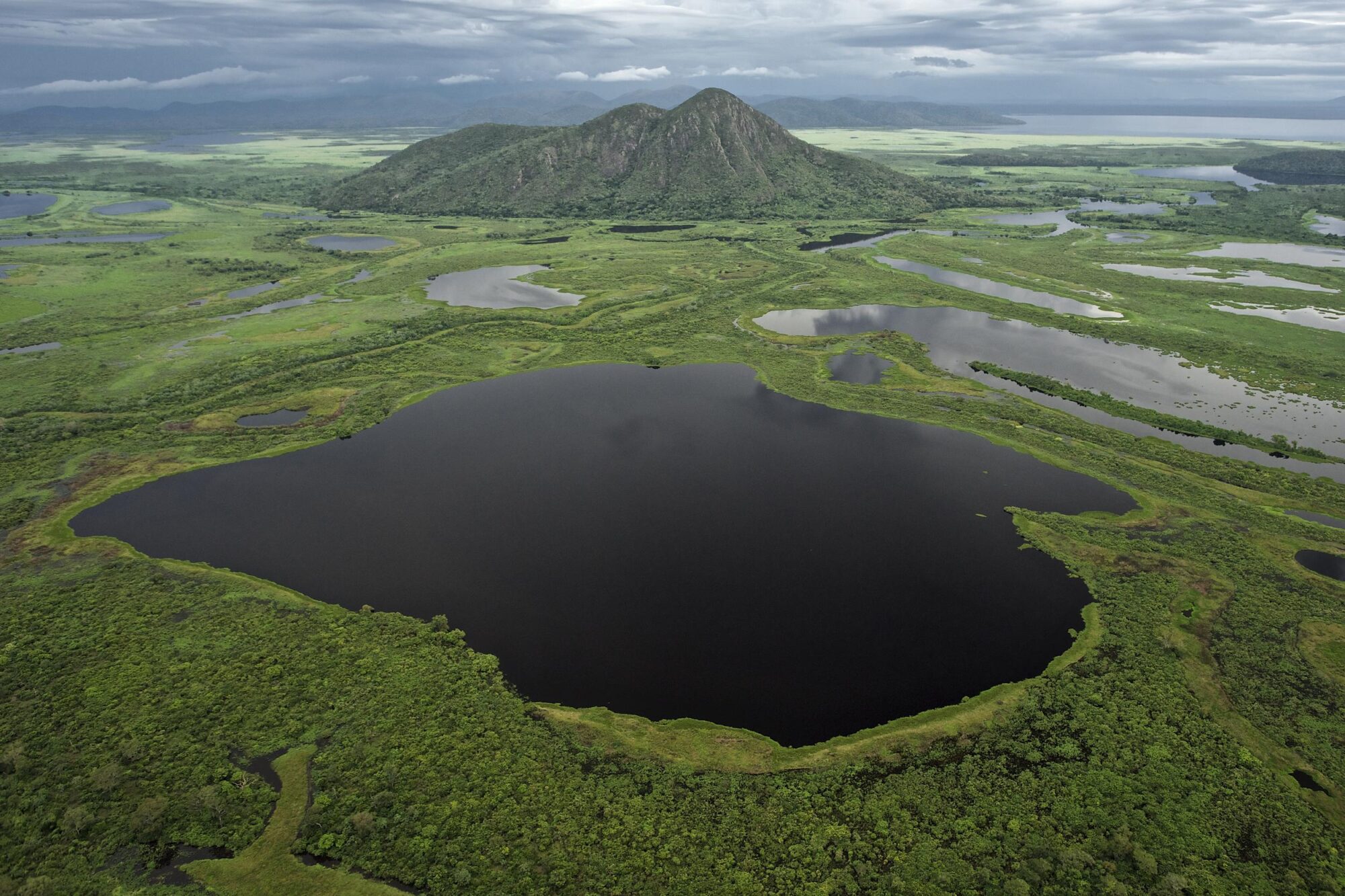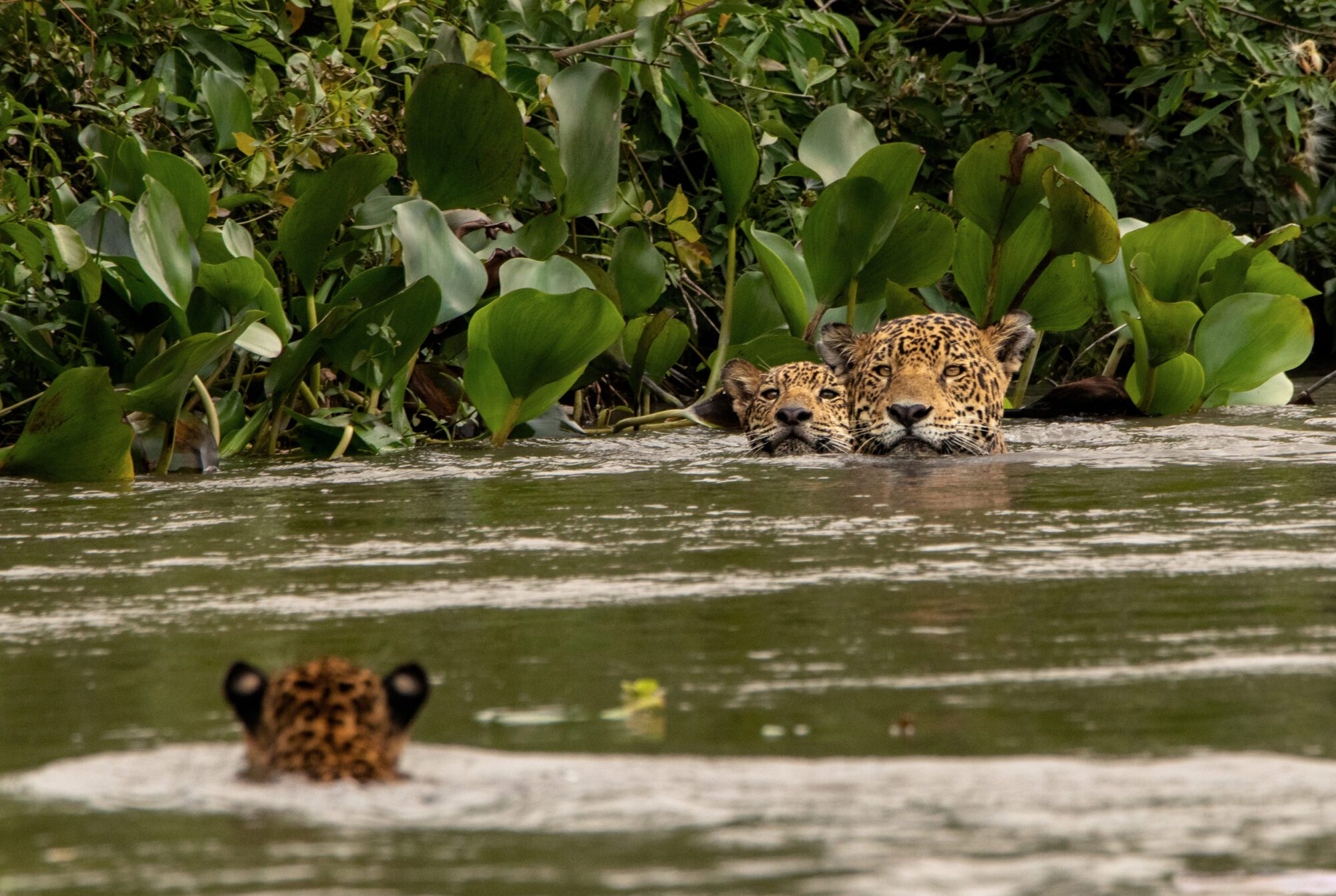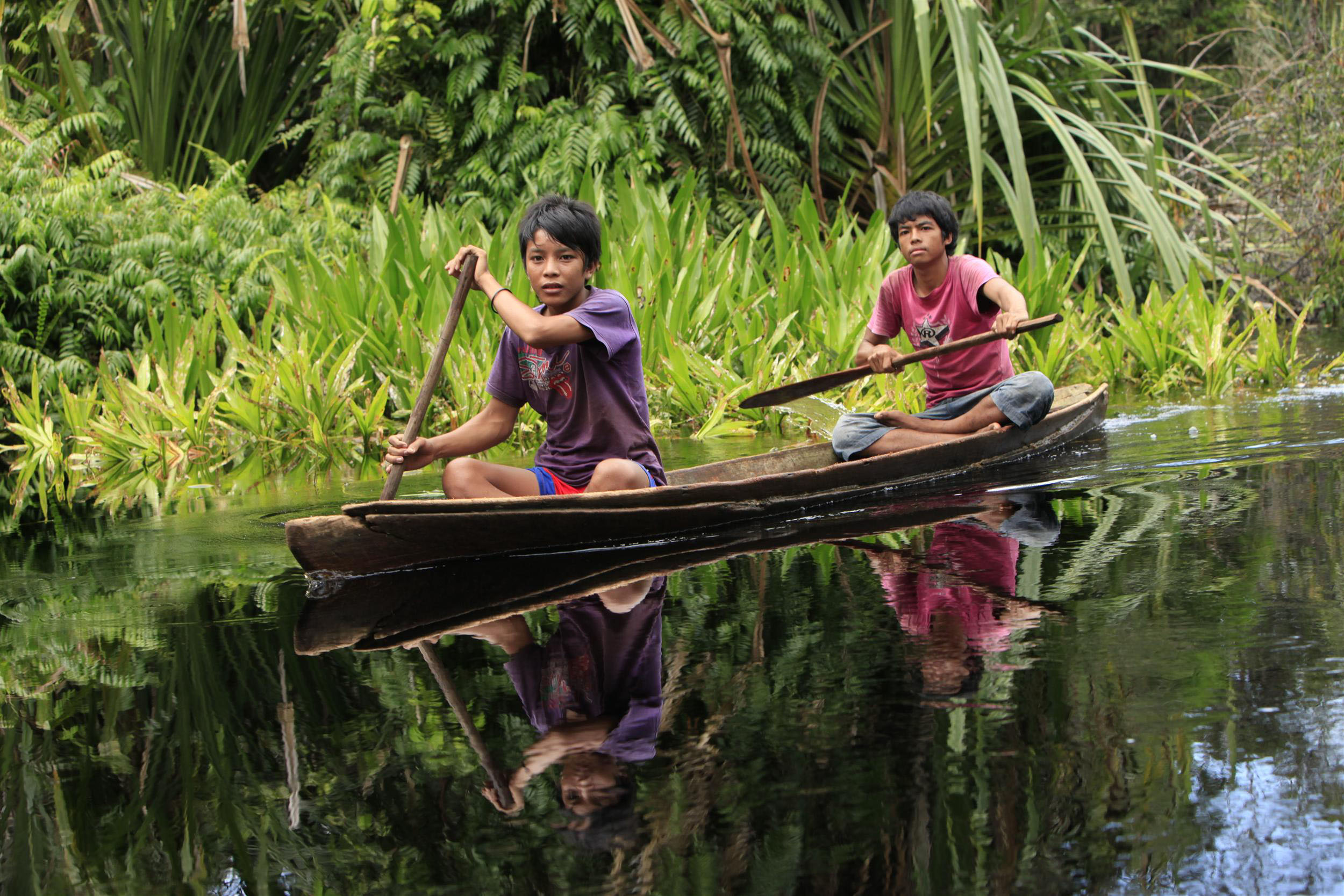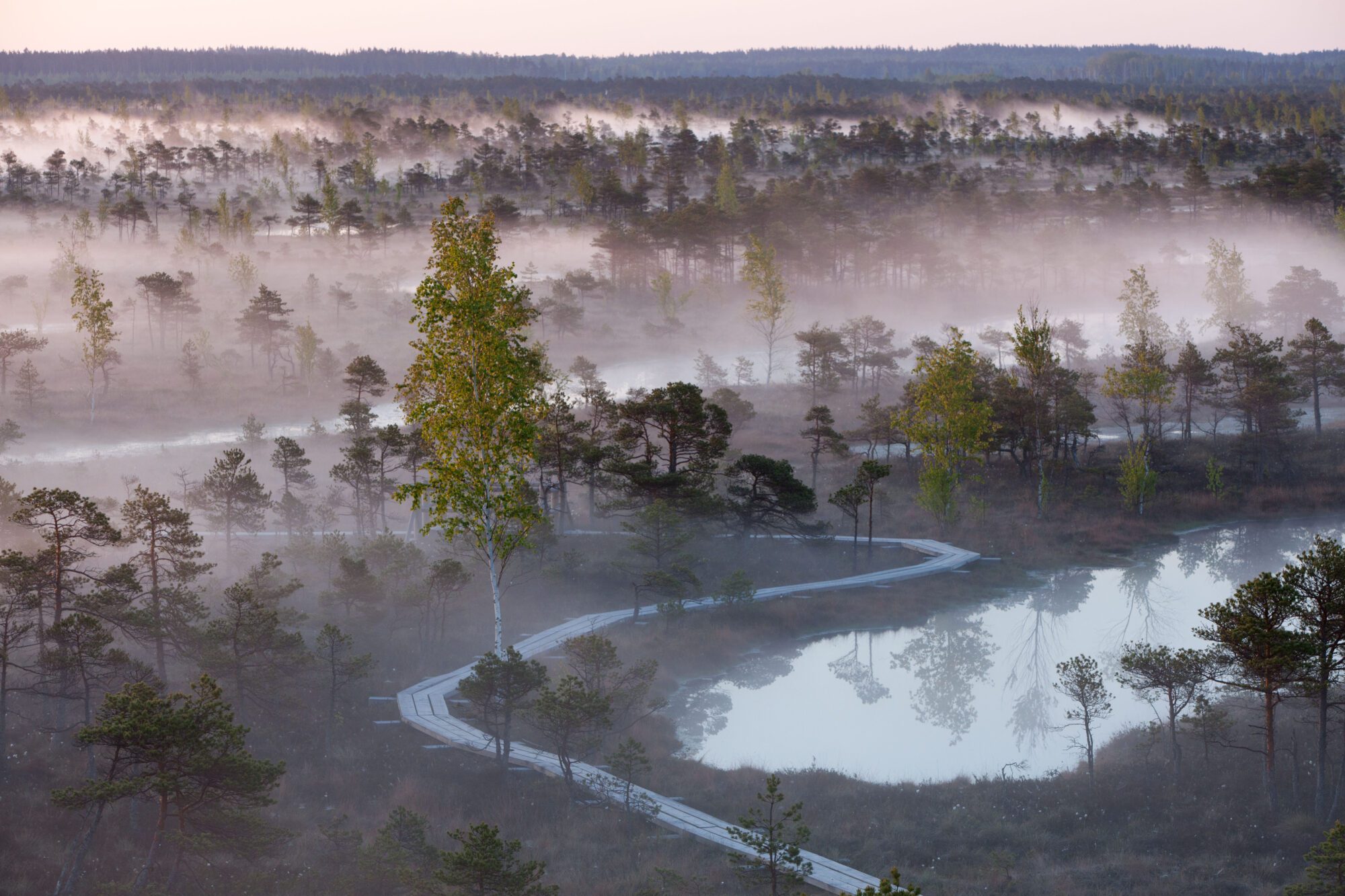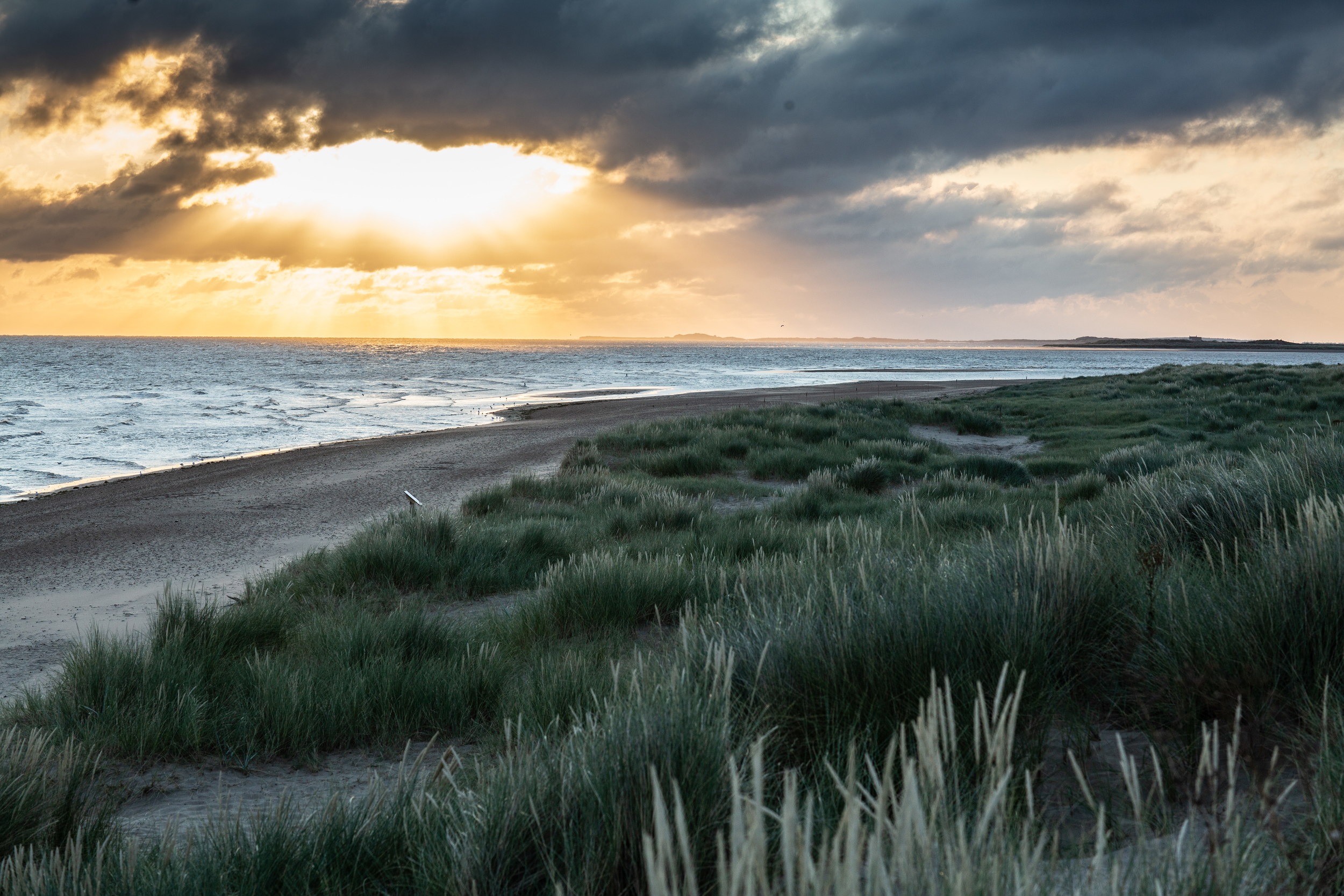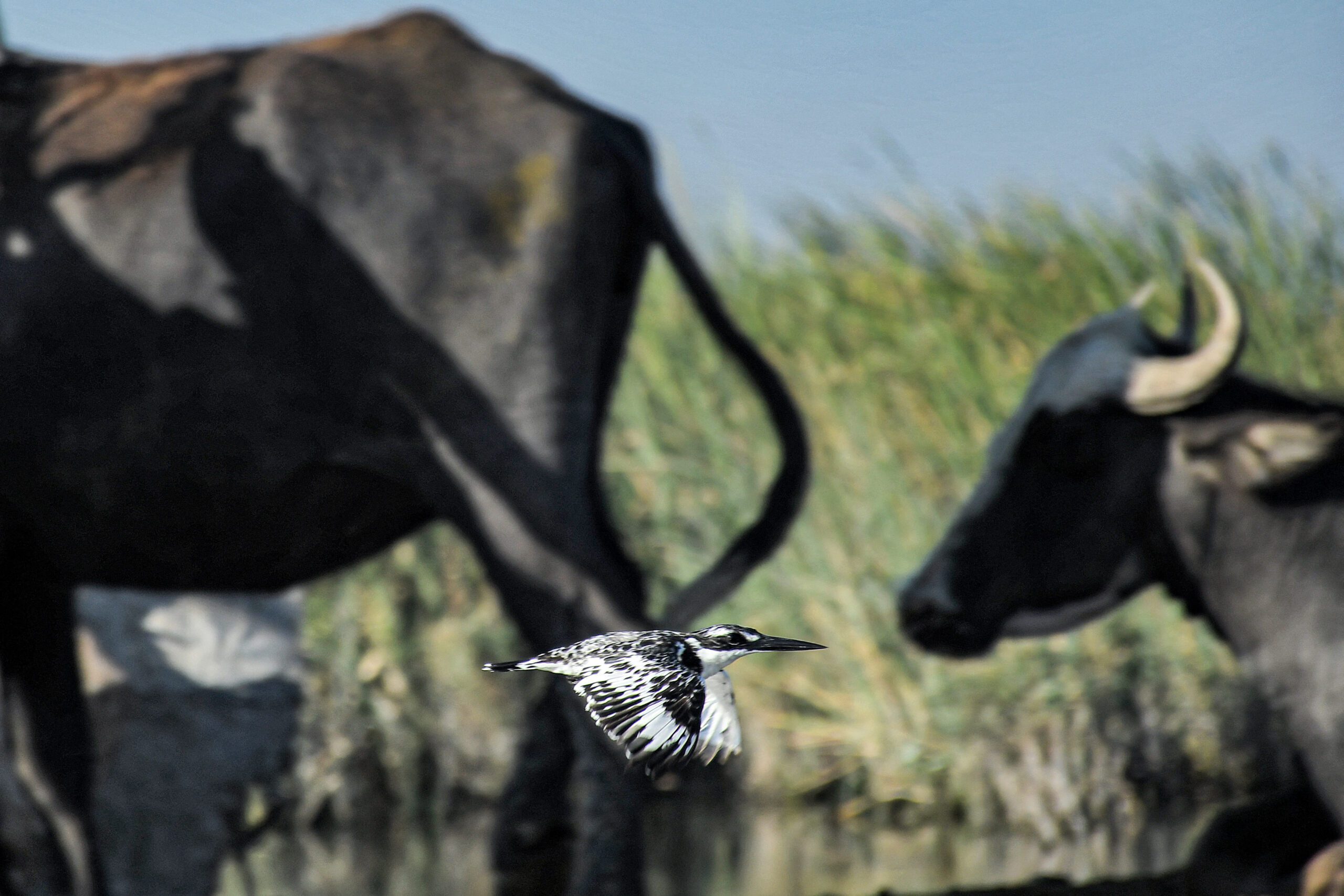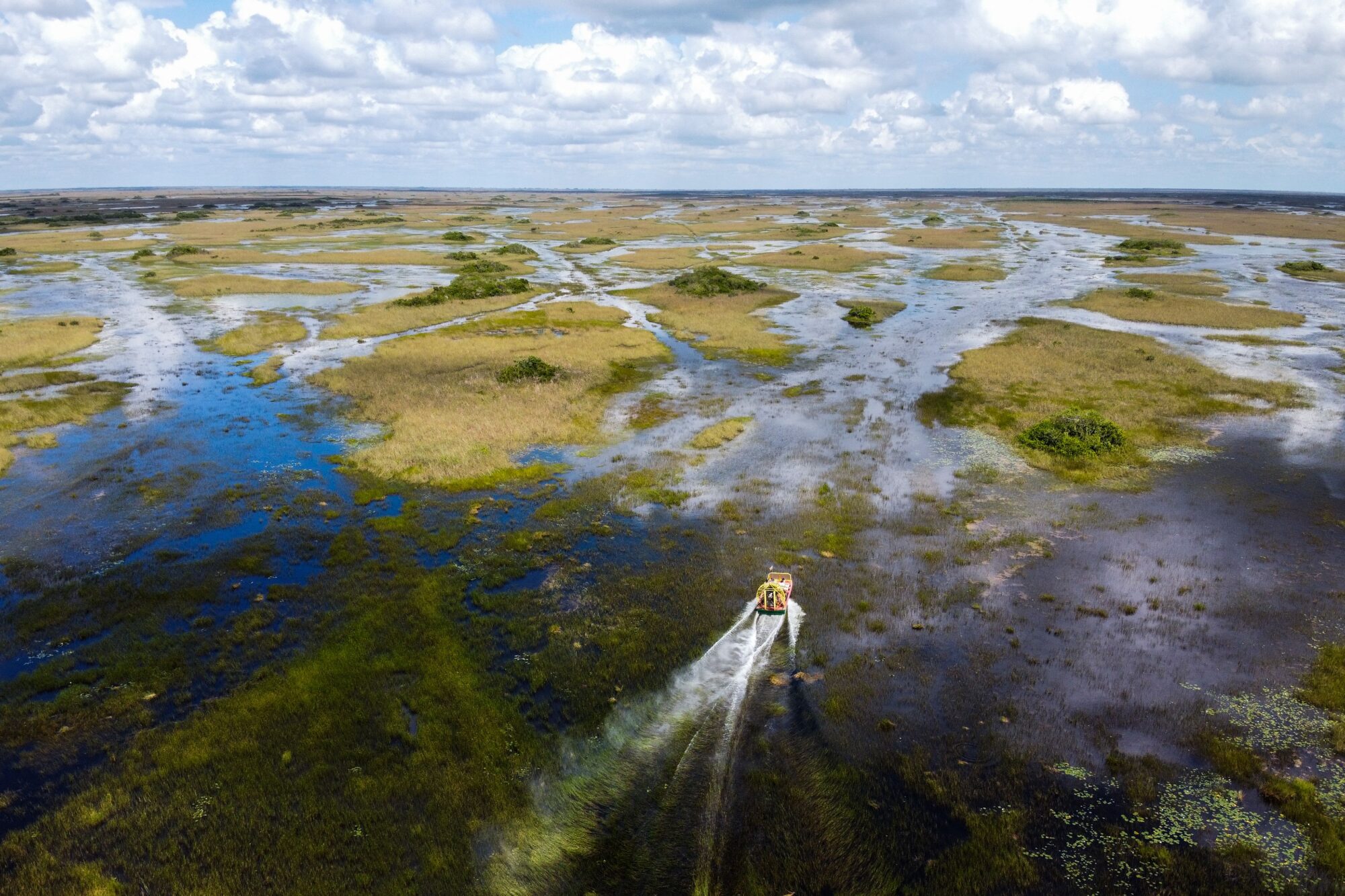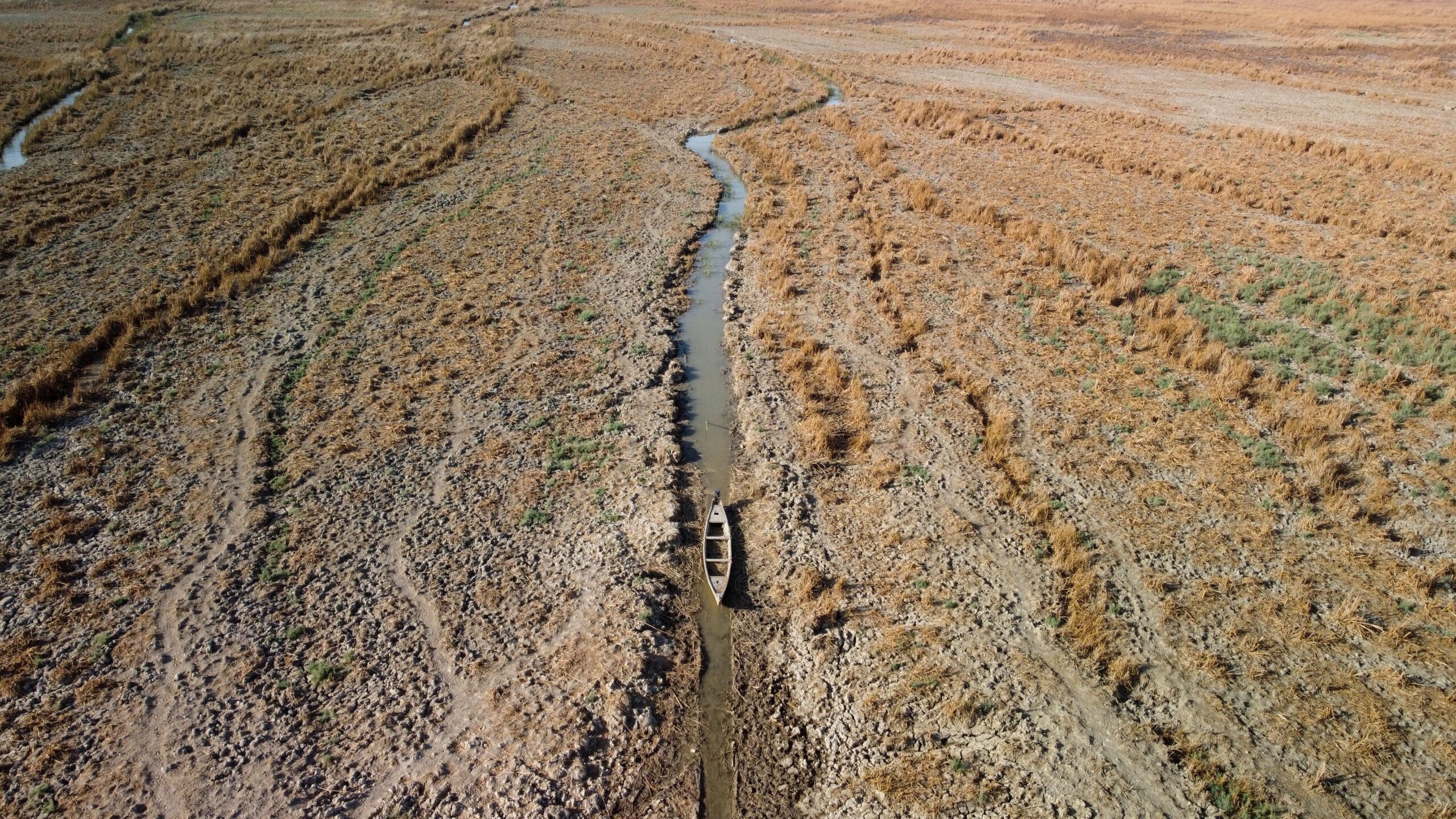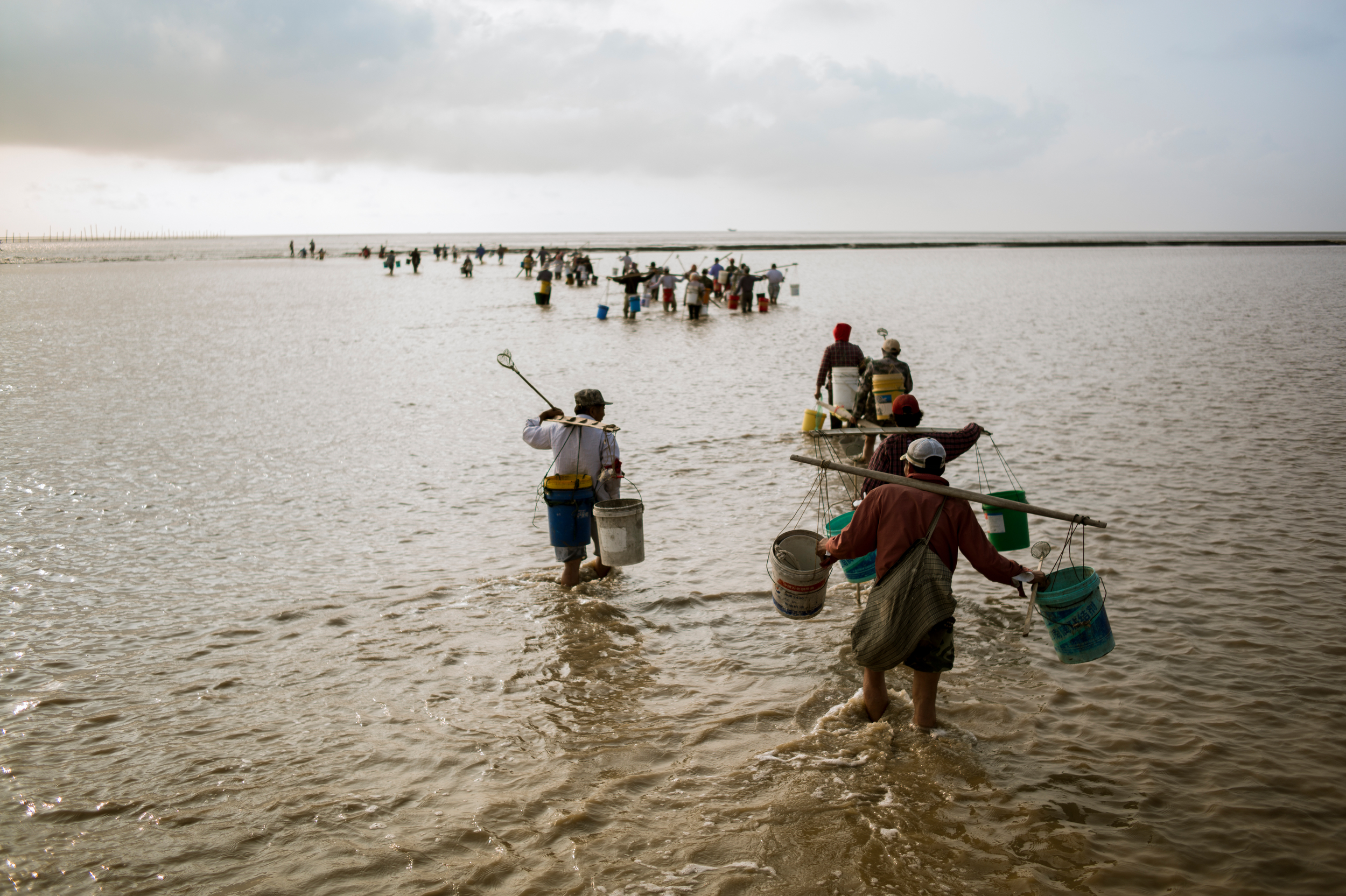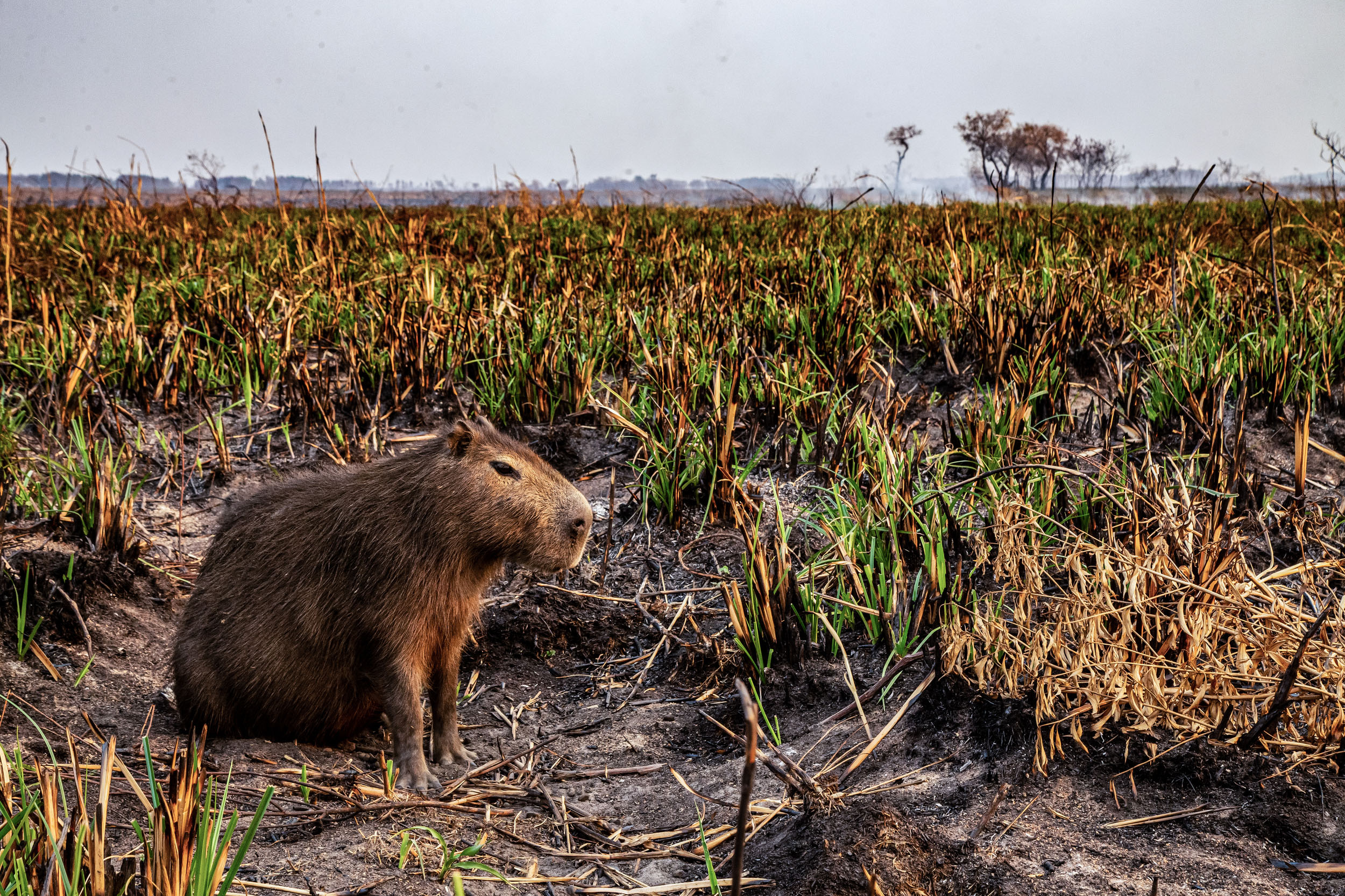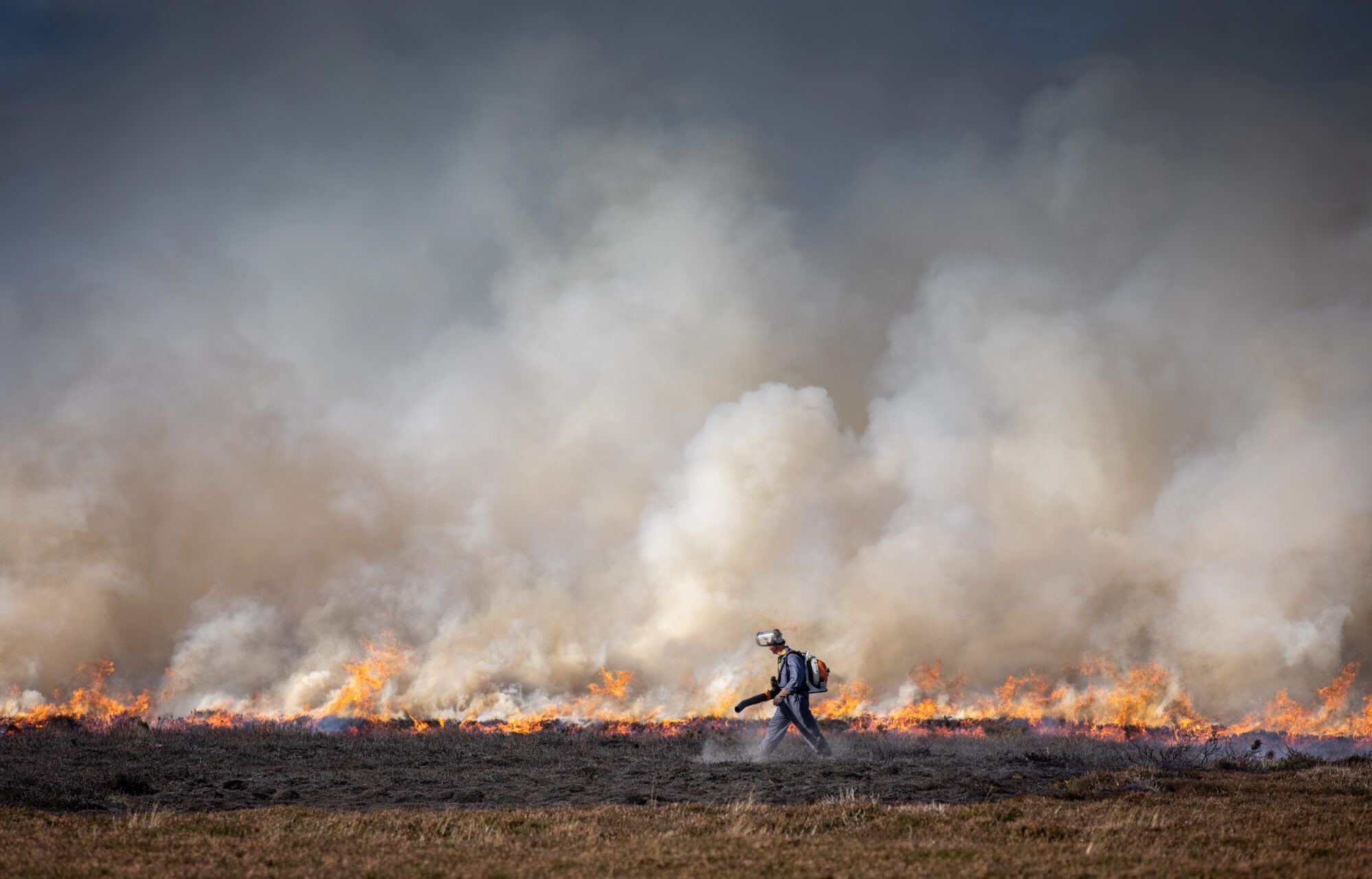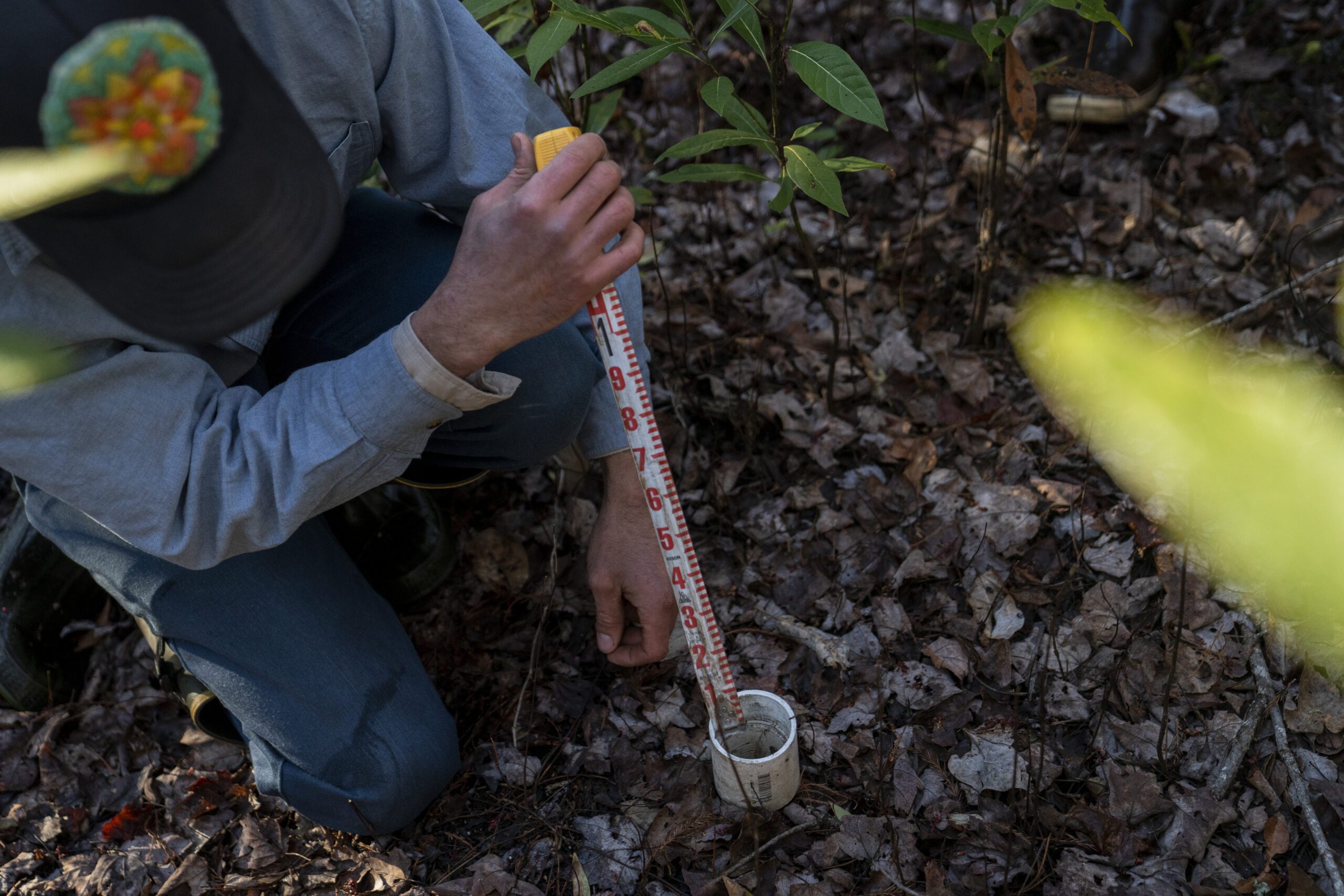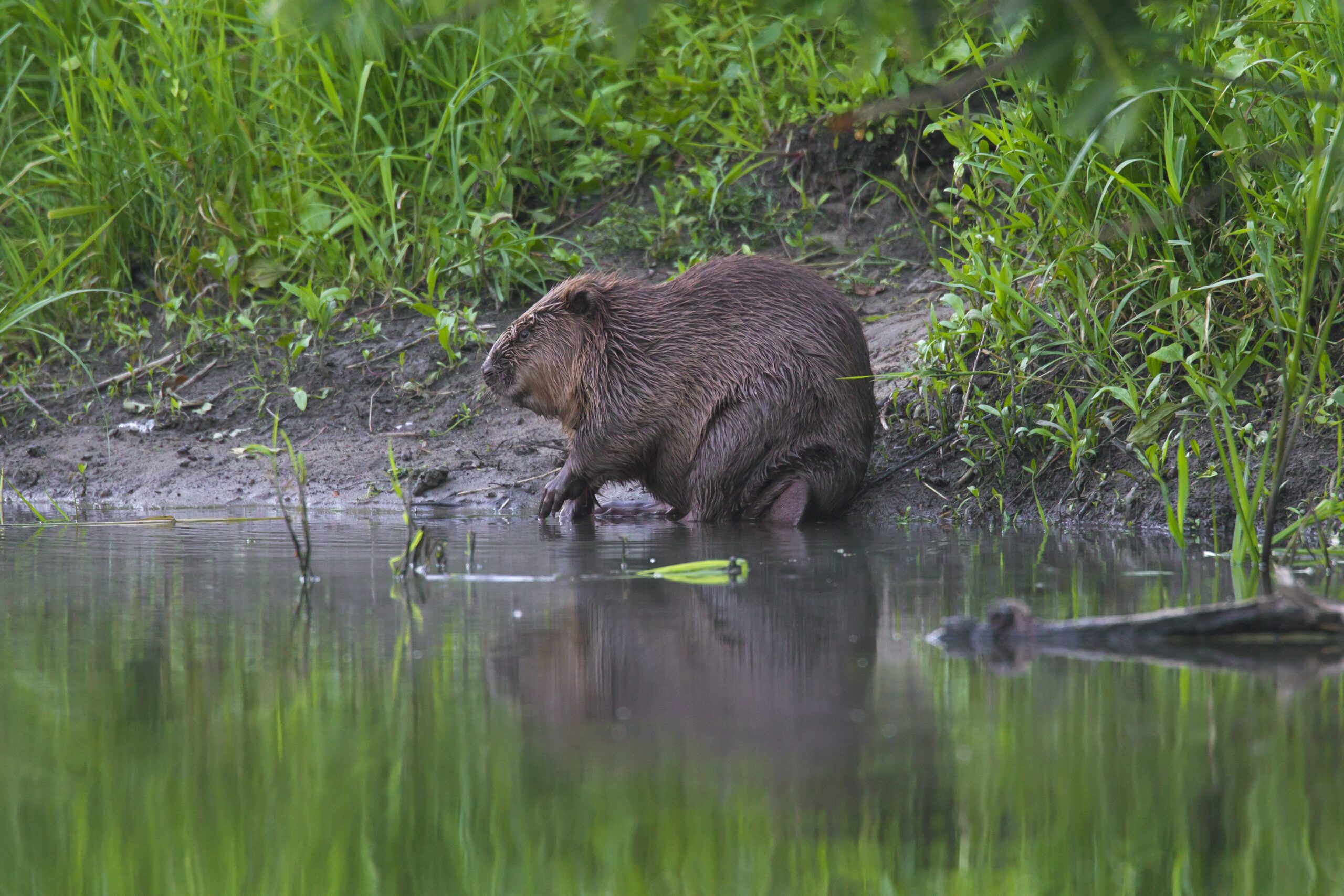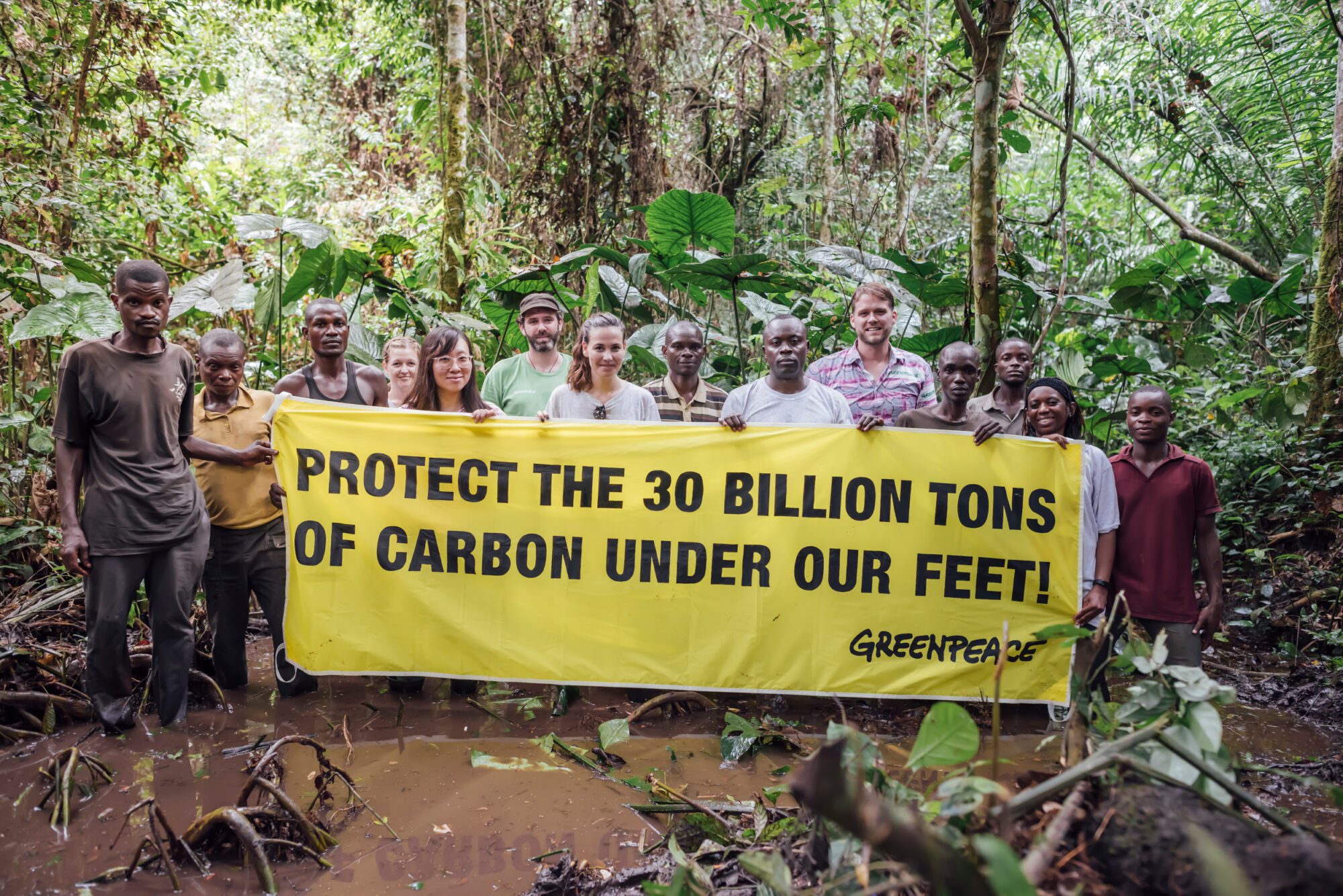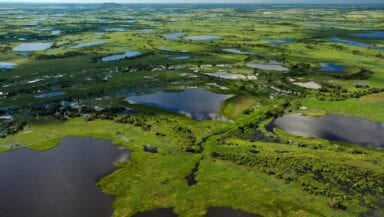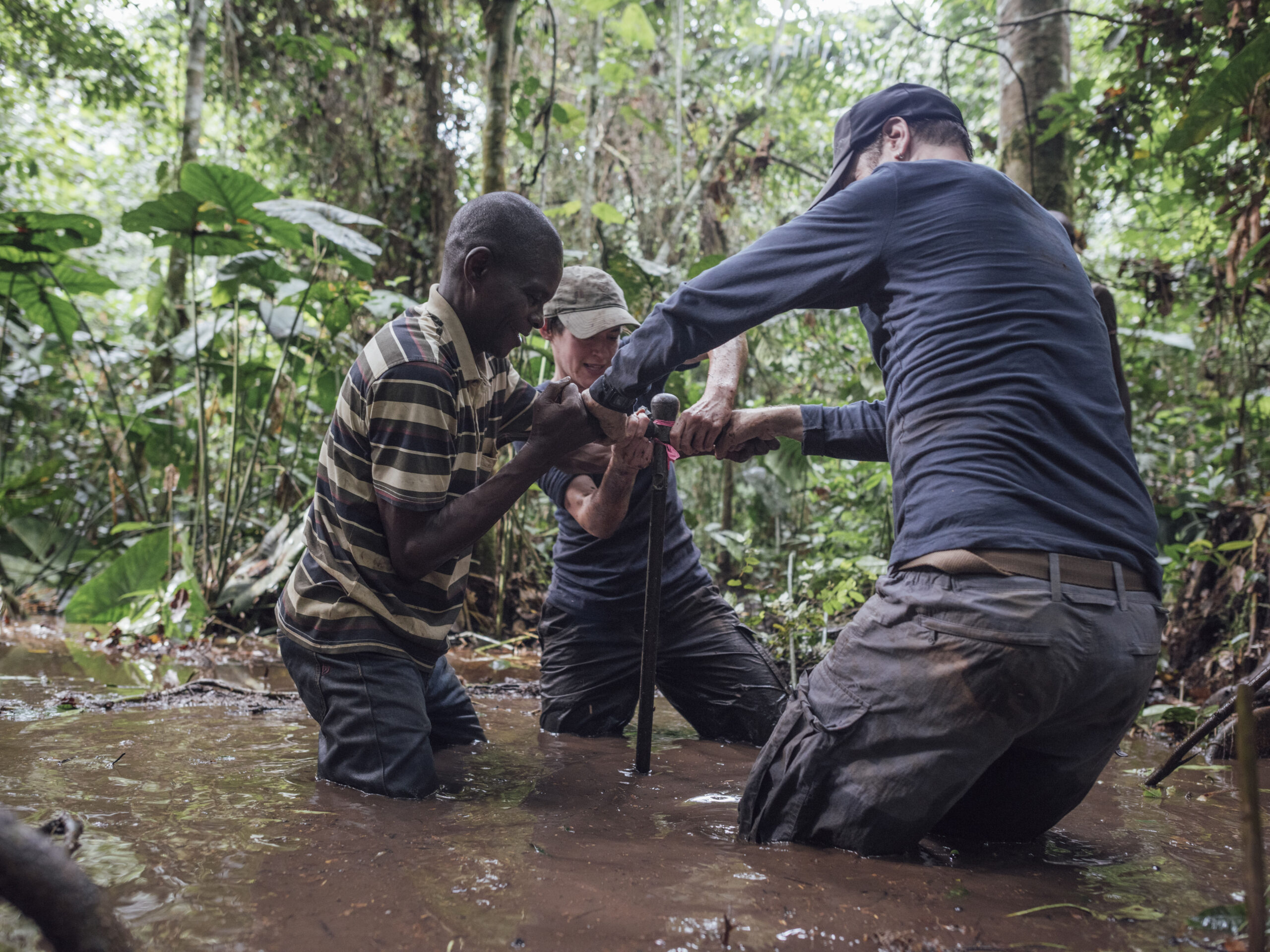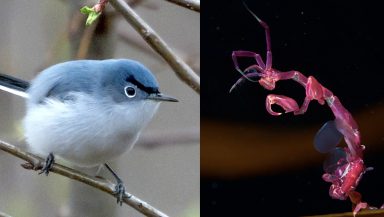Halfway between land and water, wetlands are one of nature’s little gems. Brimming with life and vital for fighting climate change, 40% of all plants and animals live and breed in wetlands and more than one billion people depend on them for their living.
But for decades, we’ve witnessed their destruction. Greenpeace has campaigned to protect these stunning habitats. Like linking cattle ranchers to the Pantanal wetlands 2020 record fire, uncovering peat bog burning in the UK or exposing the role of palm oil companies in the destruction of Indonesian peatlands.
Here’s why we need to protect and restore nature’s wetlands.
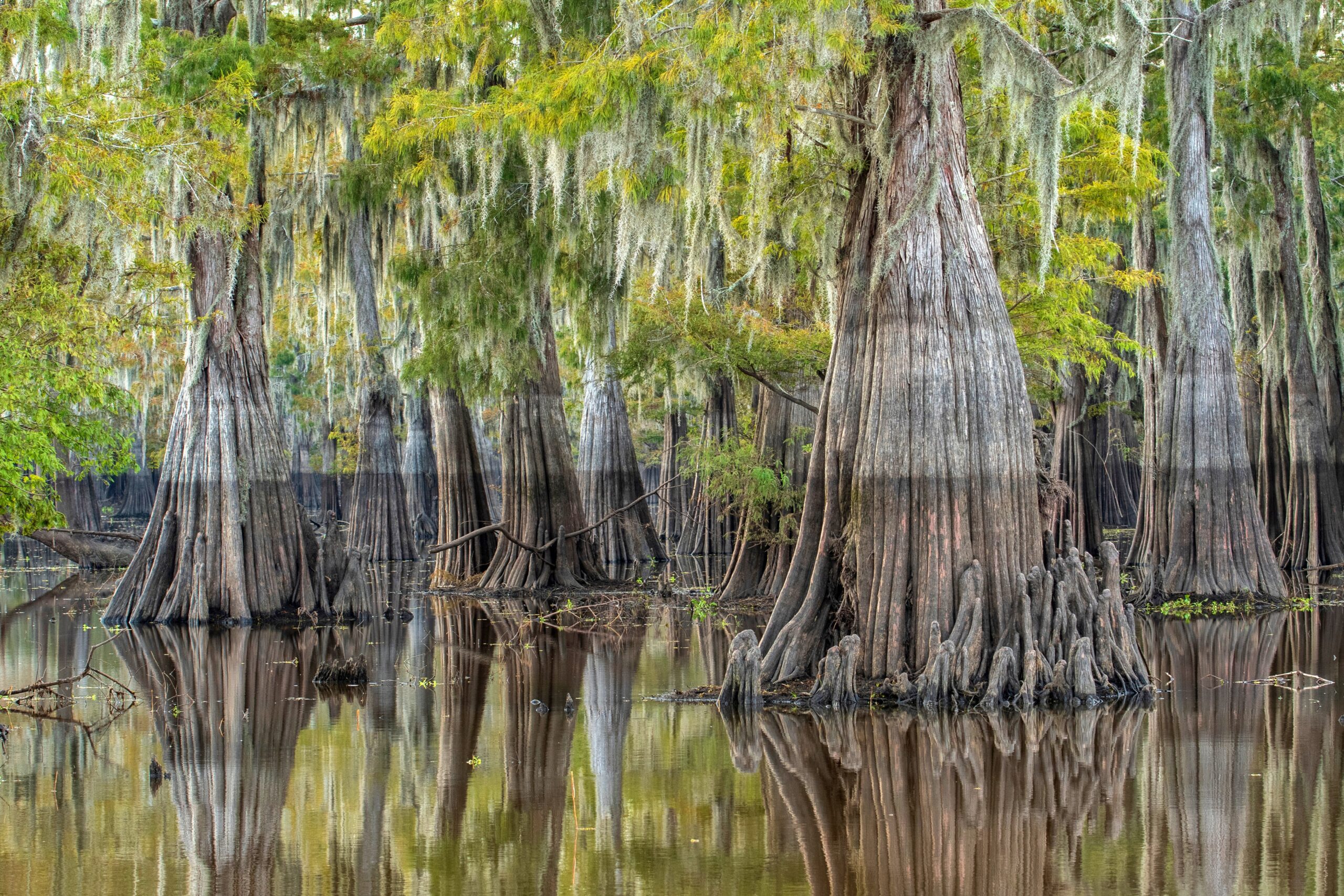
The Bald Cypress swamp in Louisiana in the USA. © Prisma by Dukas/Universal Images Group via Getty Images
What are wetlands?
Wetlands are places where land is covered by freshwater, saltwater or something in between. They can stay this way for years or decades, or change by season. Their water can come from nearby rivers, lakes or the sea, or seep up from a spring in the ground.
Plants that are adapted to the watery soil live in different types of wetlands. They’re an ideal habitat for many animals too, including hundreds of birds, crocodiles and fish.
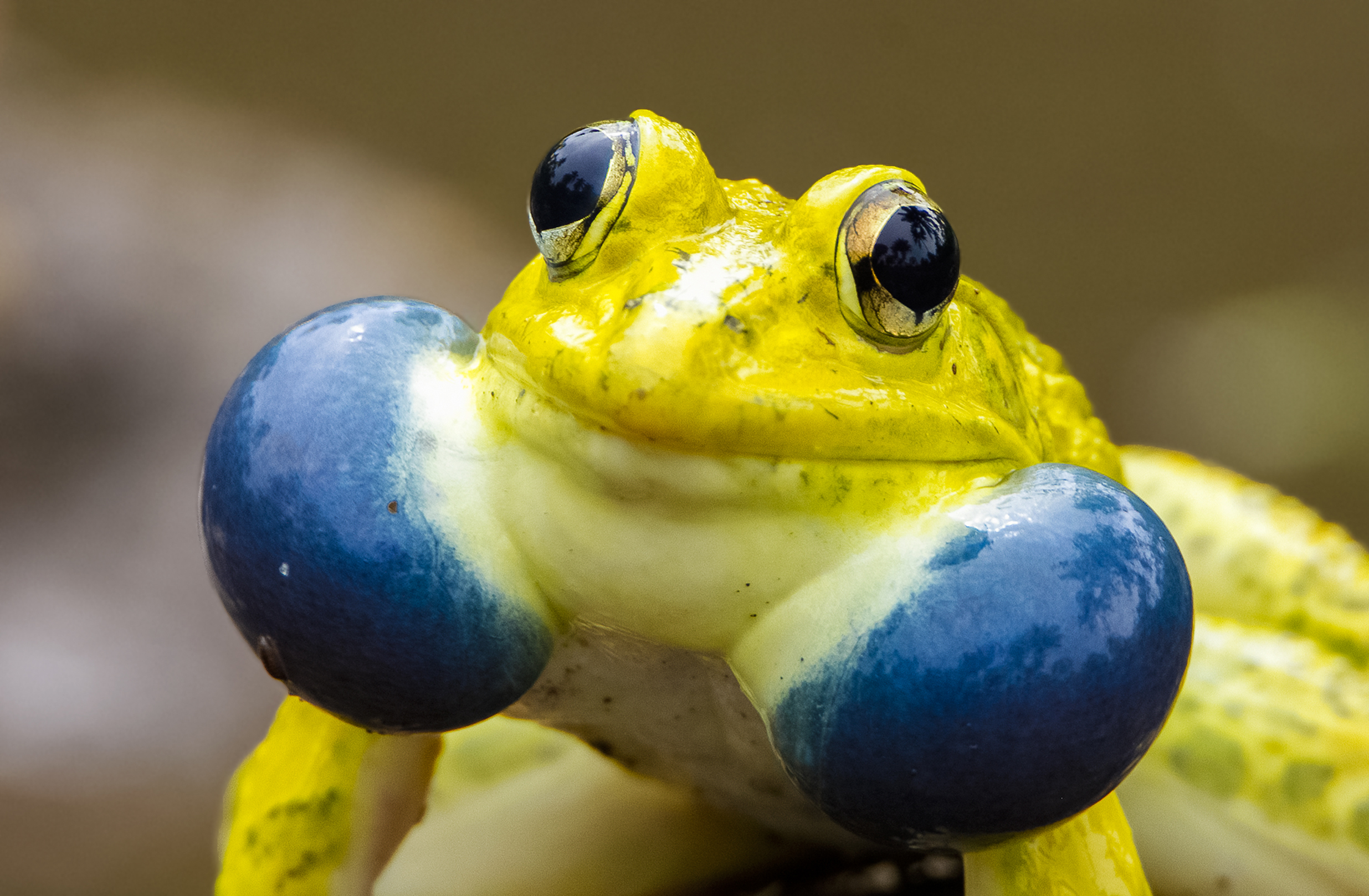
The Indian Bullfrog lives in freshwater wetlands in South and Southeast Asia. Monsoon rains mark the breeding season, when male frogs change colour to yellow to attract mates. CC BY-SA Danielnasika1
Wetlands exist in every climate and continent except Antarctica. They vary in size from small prairie potholes to huge salt marshes.
The largest inland tropical wetland is the Pantanal in South America. It’s slightly bigger than England at 42 million acres, and stretches mainly across Brazil but also Bolivia and Paraguay. About 80% of the Pantanal’s floodplains are submerged during the rainy season. It’s one of the most biodiverse biomes in the Americas, nurturing many plants and providing a diverse habitat for many species.

